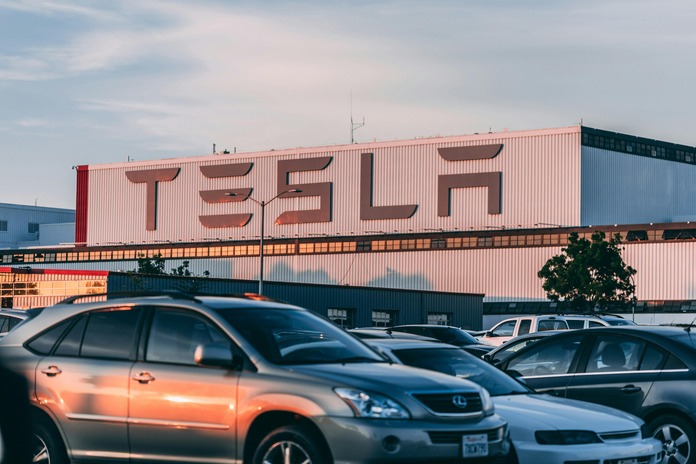The Tesla stock price continues to face significant pressure in 2025, with multiple headwinds weighing on investor sentiment. Once a market darling, Tesla (NASDAQ:TSLA) is now navigating through declining sales, collapsing used-car prices, and fierce competition. Is this the beginning of a deeper correction, or could brighter days still be ahead for TSLA?
Used Tesla Values Highlight Broader Issues
One major red flag for the Tesla stock price is the sharp collapse in used Tesla values. According to recent data, Tesla’s resale prices plunged dramatically in March, far steeper than any other car brand. The Model S saw a 17.2% year-over-year drop, the Model Y fell 13.1%, the Model 3 declined 10.9%, and the Model X dropped 7.3%.
This trend signals deeper concerns beyond just pricing pressure. It suggests weakening brand loyalty and diminishing perceived value—both crucial for a premium automaker. If used Tesla values keep sinking, new buyers may hesitate to pay full price for a vehicle that depreciates so rapidly.
Tariff Uncertainty and Global Weakness
Another weight on the Tesla stock price is the ongoing tariff uncertainty. Tensions between the U.S. and China have made international expansion more challenging for Tesla. In China, Tesla is losing ground to rivals like BYD (OTC:BYDDY), whose cheaper models have eaten into Tesla’s once-dominant market share.
In Europe, Tesla’s deliveries dropped a staggering 49% in the first two months of 2025, even as the overall electric vehicle (EV) market grew 24%. Aggressive competition from Volkswagen (OTC:VWAGY) and Stellantis (NYSE:STLA), coupled with a political backlash against Tesla’s CEO Elon Musk, have eroded Tesla’s brand strength overseas.
Tesla Misses Q1 Earnings Expectations
Investors were further rattled when Tesla reported disappointing Q1 earnings. Revenue fell 9.2% year-over-year to $19.34 billion, missing Wall Street estimates. Net income shrank sharply to $399 million, a 57.5% miss versus expectations. While free cash flow turned positive, reaching $664 million, it was not enough to offset the concerns around falling margins and softening demand.
Adjusted earnings per share (EPS) came in at $0.27, far below the consensus estimate of $0.41. Despite a positive liquidity position with nearly $37 billion in cash, the results have placed additional pressure on the Tesla stock price.
Future Growth Hinges on Robotaxi and Energy
Looking ahead, Tesla’s much-anticipated robotaxi project could be a game-changer. Tesla plans to roll out its first autonomous fleet in Austin by June 2025, using self-driving Model Ys with safety drivers. Success here could revitalize the Tesla stock price, opening up new revenue streams and reinforcing Tesla’s leadership in innovation.
Additionally, Tesla’s energy storage and solar energy businesses offer long-term growth potential. However, these segments still represent a small fraction of total revenue, and it will take time for them to materially impact the company’s overall financials.
Analyst Sentiment Remains Divided
Wall Street remains cautious on Tesla. The average price target stands at $280.72, slightly below its current trading price. The consensus rating is a “Hold,” reflecting uncertainty about Tesla’s near-term prospects.
Bulls believe that Tesla’s brand, technology leadership, and autonomous vehicle plans justify a premium valuation. Bears point to the company’s slowing growth, increasing competition, and Musk’s distractions as risks that could keep the Tesla stock price under pressure.
Conclusion
The Tesla stock price is caught between strong long-term potential and serious short-term risks. Used Tesla values are collapsing, global sales are faltering, and competition is intensifying. While Tesla’s robotaxi initiative and energy business could pave the way for a rebound, the company must first stabilize its core automotive operations and rebuild investor confidence. Until then, volatility is likely to remain a key feature of TSLA’s journey in 2025.
Featured Image: Pexels © Craig Adderley









